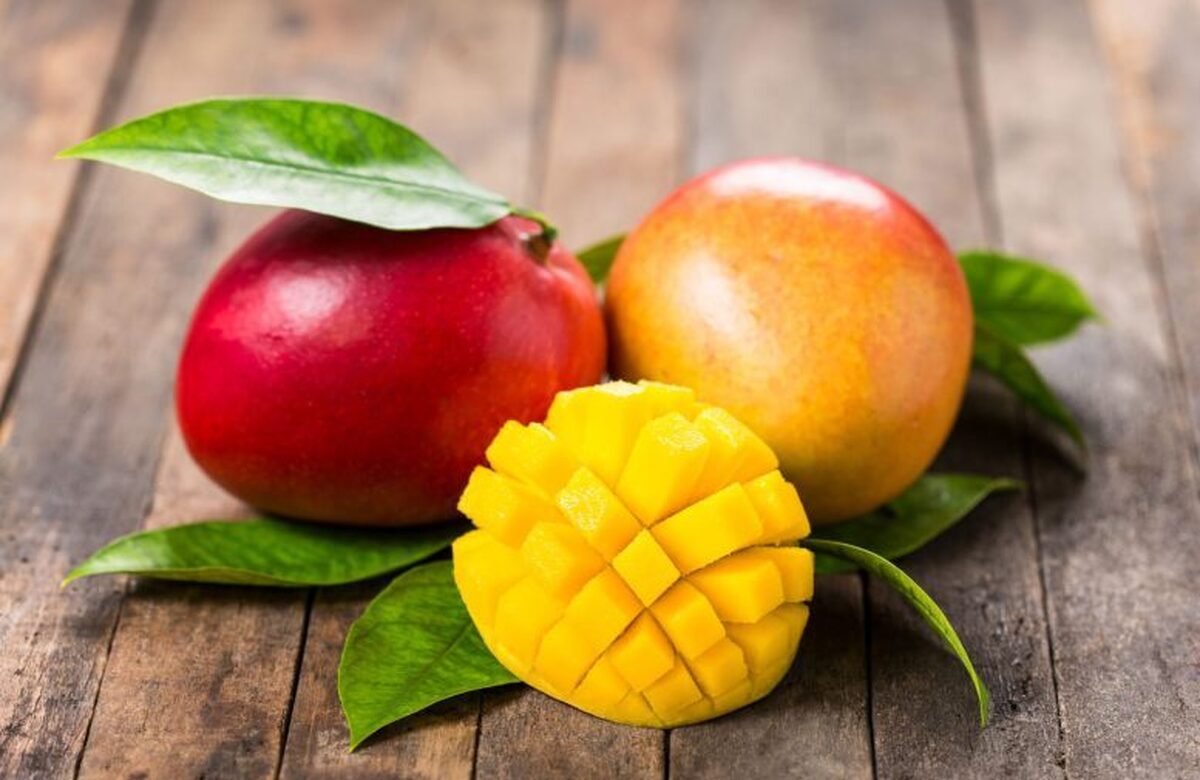Scientists Discover New Health Benefits of Mangoes

Women who are trying to conceive, are currently pregnant, or are breastfeeding have unique nutritional requirements that are often not met by current diets, the journal Nutrients reported.
A recent study reveals a significant discovery: incorporating mangos into the diets of women of childbearing age (WCA) significantly enhances both the overall quality of their diet and their intake of essential nutrients vital for a healthy pregnancy. These nutrients, often under-consumed by 10 – 30% in the diets of pregnant women, see a significant boost in intake when mangos are consumed.
“Pregnant women are at risk for several health conditions, like gestational diabetes and hypertension, putting their health and the health of the unborn baby at risk,” says study co-author Kristin Fulgoni. “Diet is a key component of prevention plans, and mangos are a healthful fruit that contributes many of the nutrients associated with reducing the risk of pregnancy-related diseases—including fiber, folate, magnesium, potassium, and vitamin E.”
Researchers gathered information from 16,744 women ages 15-44 years, participating in the National Health and Nutrition Examination Survey (NHANES) from 1988-1994 and 1999-2018. The investigation used the Healthy Eating Index (HEI), a validated measure of diet quality to assess how well participants followed recommendations from the 2020 Dietary Guidelines for Americans (DGA).
Compared to diets without mangos, HEI scores were 16% higher among WCA who included mangos in their diet.
The higher diet quality is, in part, attributed to the nutrient intake differences between the groups. When WCA incorporate mangos into their diets, they have significantly higher consumption of beneficial nutrients and a lower intake of undesirable ones. Noteworthy differences include:
Nutrients to Encourage
70% higher vitamin C
31% higher Fiber
30% higher vitamin E
26% higher Folate
16% higher Magnesium
11% higher Potassium
Nutrients to Avoid
17% lower Added Sugars
11% lower Saturated Fat
9% lower Total Fat
The study also included a second arm of older Americans, 60 years and above—another population requiring special nutritional attention. Findings among mango eaters versus non-mango eaters show a 13% higher HEI score; higher intakes of fiber and vitamin C; and lower intakes of cholesterol, niacin, phosphorus, protein, riboflavin, saturated fat, and vitamin B12. Researchers determined older mango consumers had a higher percentage of individuals identifying as vegetarian/vegan which could possibly explain these lower nutrient intakes, as many of these nutrients are typically found in higher amounts in animal products.
“These findings add to a growing body of research showing the positive impacts of adding mangos to diverse diets,” says Leonardo Ortega, PhD, Research Director, National Mango Board. “As a heritage-based food culturally connected to more than 1 out of every 4 Americans, mangos can be an important bridge to improve nutrition equity and the diet and nutrition quality of our multi-cultural country.”
Food and nutrient intakes were determined based on two 24-hour dietary recalls using dietary components from NHANES and What We Eat in America surveys. The first recall was conducted in person, and most participants completed the second by telephone. Mango consumers were defined as anyone eating any amount of raw mangos as reported in either the first or second recall. Nutrient intakes were obtained from both interviews, and usual intake was determined by using the National Cancer Institute method. Diet quality was measured using HEI-2020, which gives a maximum score of 100 based on 13 subcomponents, each reflecting a food or nutrient group highlighted in the 2020 DGA.
Study strengths included using several cycles of NHANES data resulting in a larger sample size of mango consumers. Additionally, l imitations exist including the observational nature of NHANES analysis, which precludes causal relationship assessments; the dependence on dietary recalls; and the relatively small percentage of the U.S. population that consumes mangos.
4155/v





















